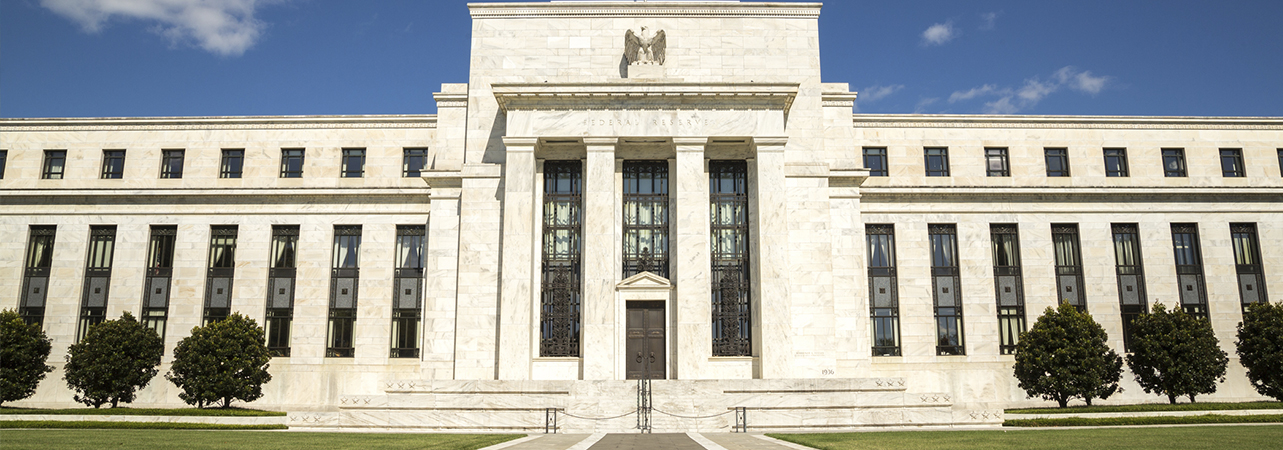It’s starting to get nasty in fixed income markets, with yield rising and prices tumbling. Is this the moment the ‘lower for longer’ trade finally comes to an end?
- Yields have ticked up since the start of the year – 0.9% to 1.4% for the 10 year US treasury.
- The market believes inflation is on its way and has started to price for higher long-term rates.
- This is a greater problem in the US than elsewhere, where inflationary forces appear to be stronger.
For some time, fixed income has looked like an unbalanced trade. Yes, in theory, yields could go lower, but there was a lot more room for them to rise than fall. High quality government bonds have looked like an expensive insurance policy against a relatively unlikely outcome. After a tough start to the year, are we finally seeing a turning point?
Yields have ticked up markedly since the start of the year – 0.9% to 1.4% for the 10 year US treasury, 0.2% to 0.7% for the UK 10-year gilt. This has hit fixed income funds hard: the average UK index-linked gilt fund is down an average of 8.7% for the year to date. Sterling corporate bond funds are down a less painful 2.5%, while strategic bonds and high yield have fared better.
The bogeyman in all this is inflation. There may be no prospect of interest rate rises, central banks may have committed to ‘looking through’ inflation spikes before raising rates, but if the market believes inflation is on its way, then it will start to price for higher long-term rates.
This is a greater problem in the US than elsewhere, where inflationary forces are notably stronger. There is Biden’s stimulus package, which puts money directly into the hands of consumers. The new administration is also taking action on the minimum wage, which may push up labour costs. There is also significant money supply growth, which tends to correlate with inflation.
However, where the US goes, others tend to follow and certainly, the recent spike in yields has extended to UK and European markets. At the same time, the problems are being felt in equity markets as ‘long duration’ equities – such as the technology stocks – sell down.
Of course, there are plenty of reasons why the recovery may derail. The vaccine rollout could go awry, spending may not resume as expected, corporate defaults may rise. The labour market still looks extremely fragile and SME confidence has not yet resumed.
However, the recent spike in yields and its effects across fixed income and equity markets have given investors a hint of an alternative future. The ‘lower for longer’ interest rate trade that has supported certain segments of the market for so long may finally be drawing to a close. Investors will need to ensure that their portfolios aren’t positioned for yesterday’s market.




